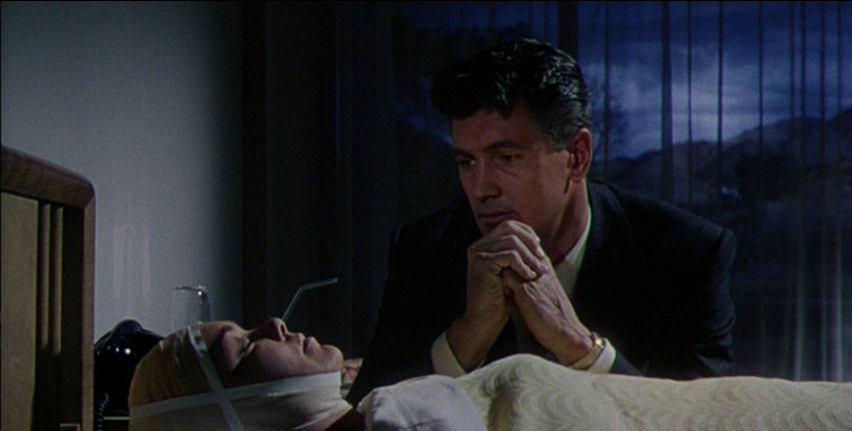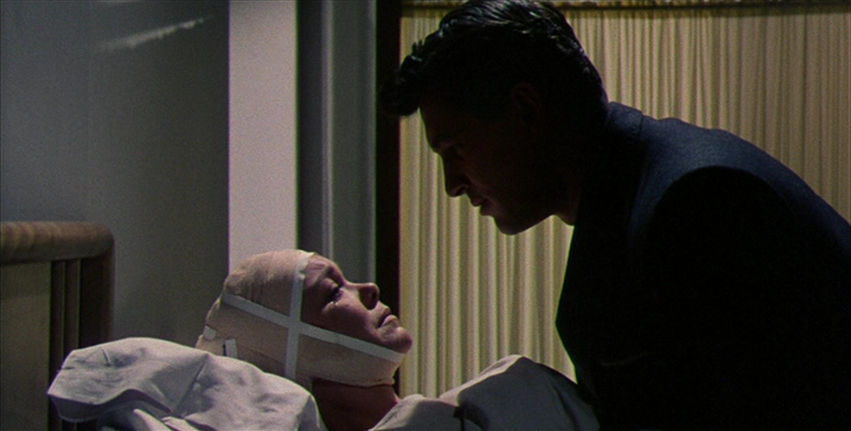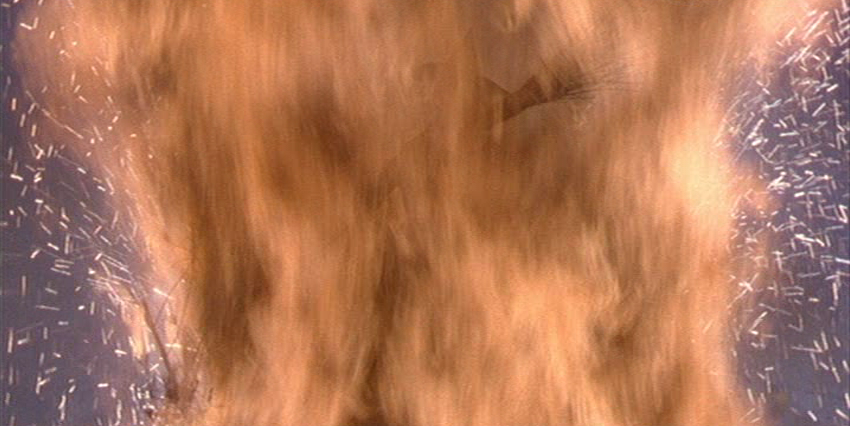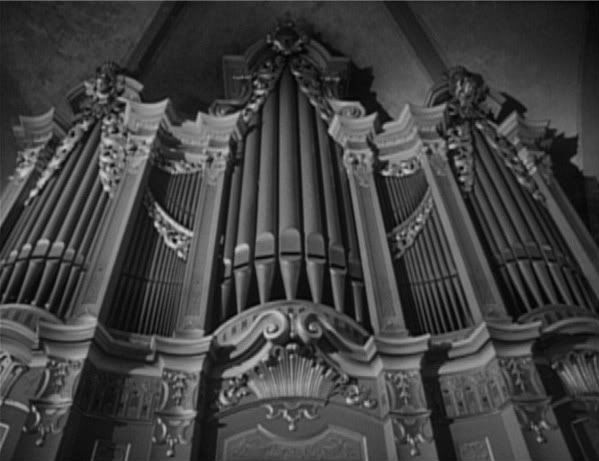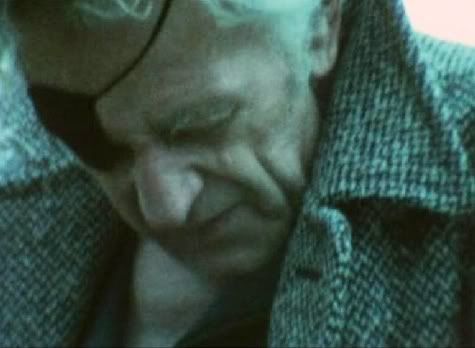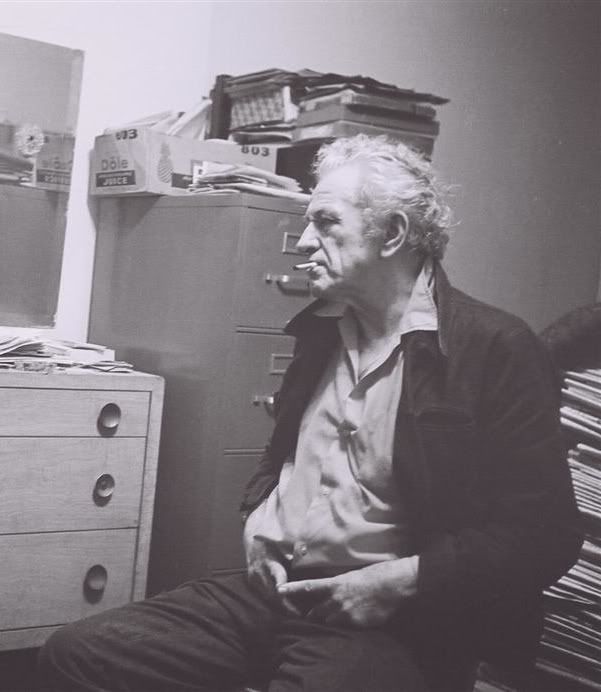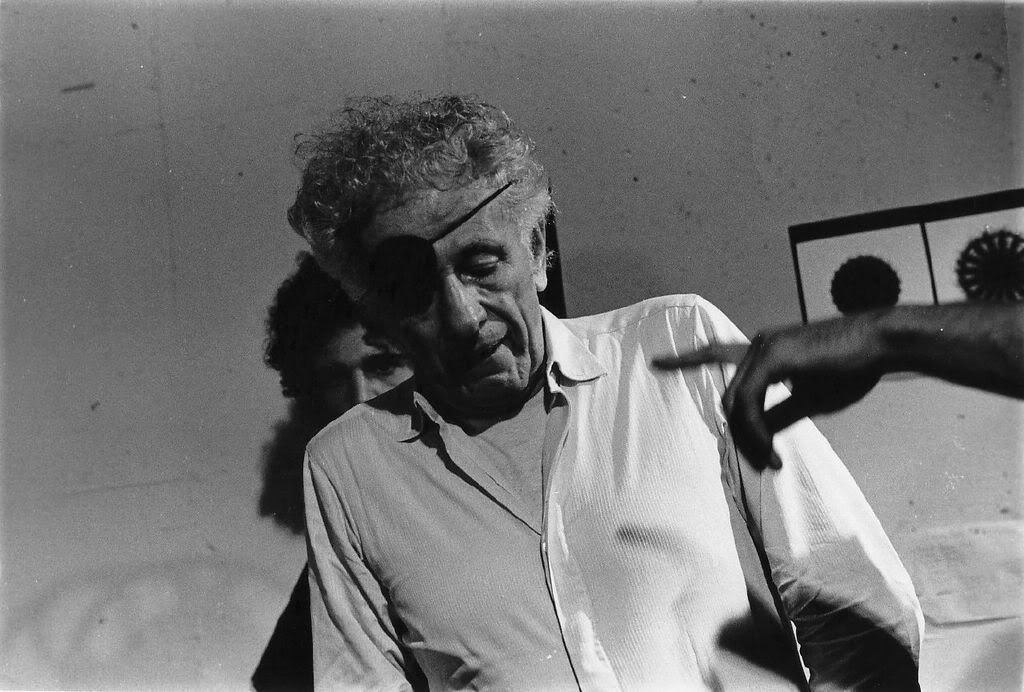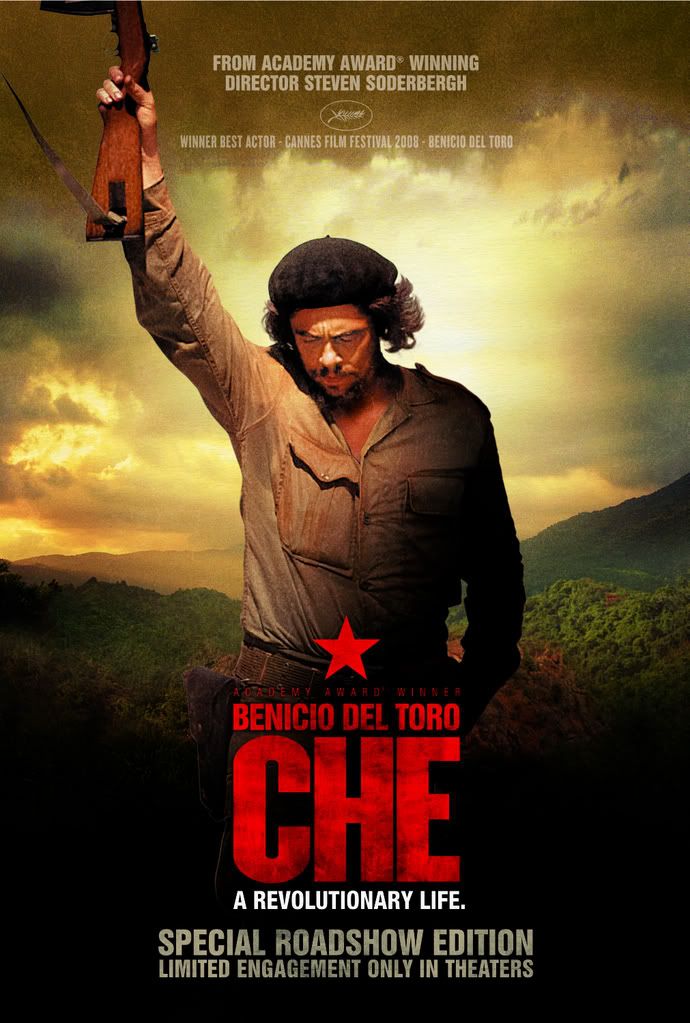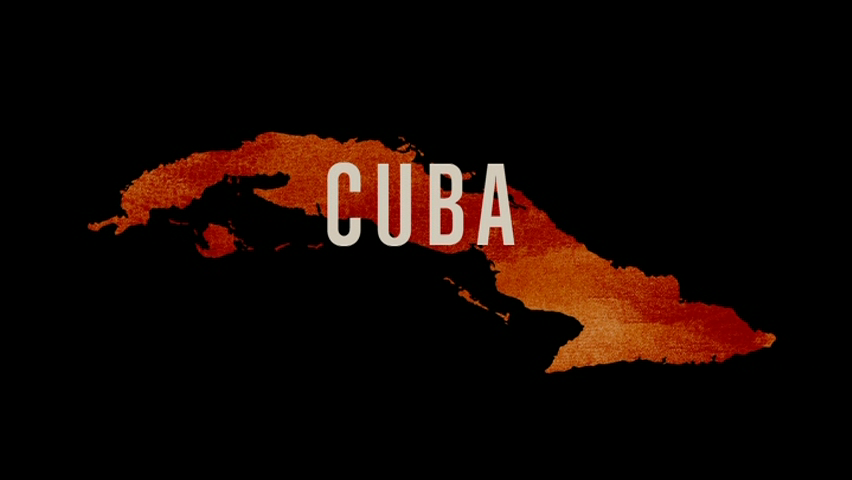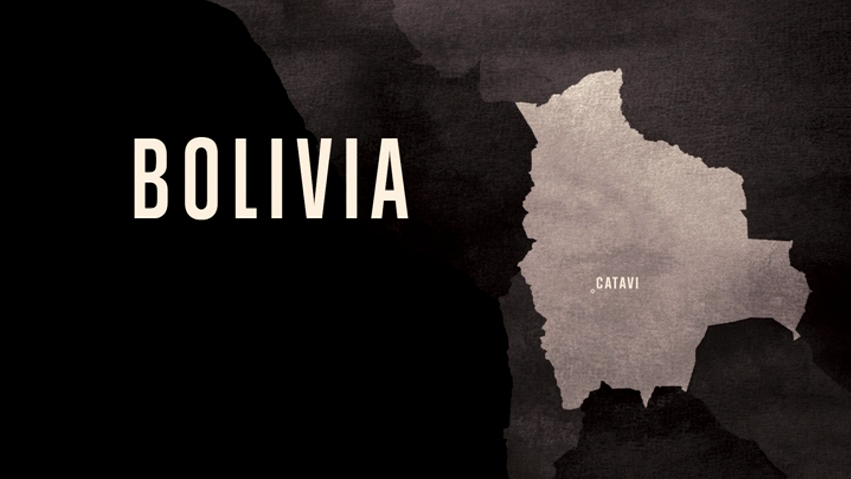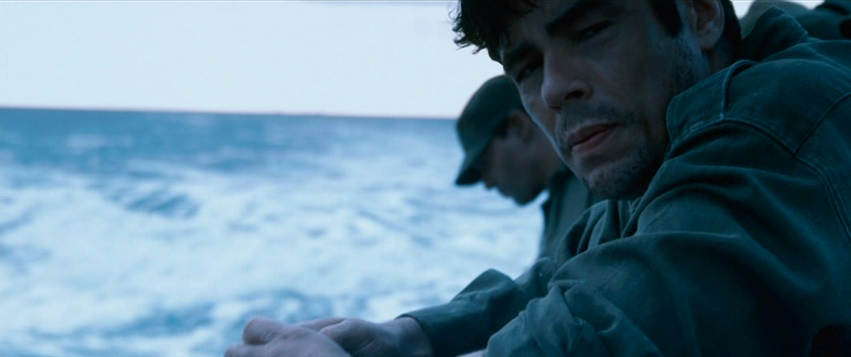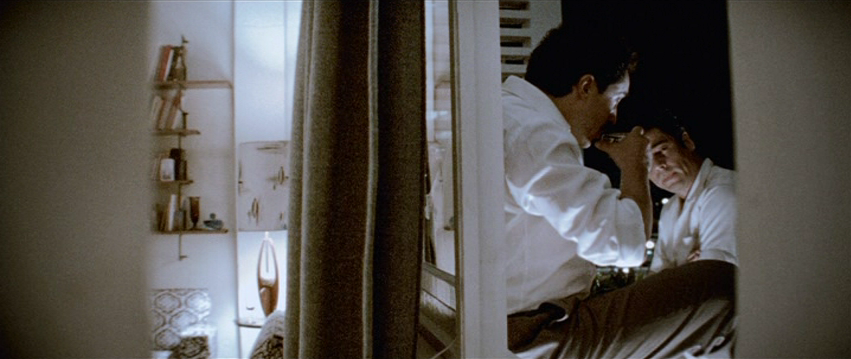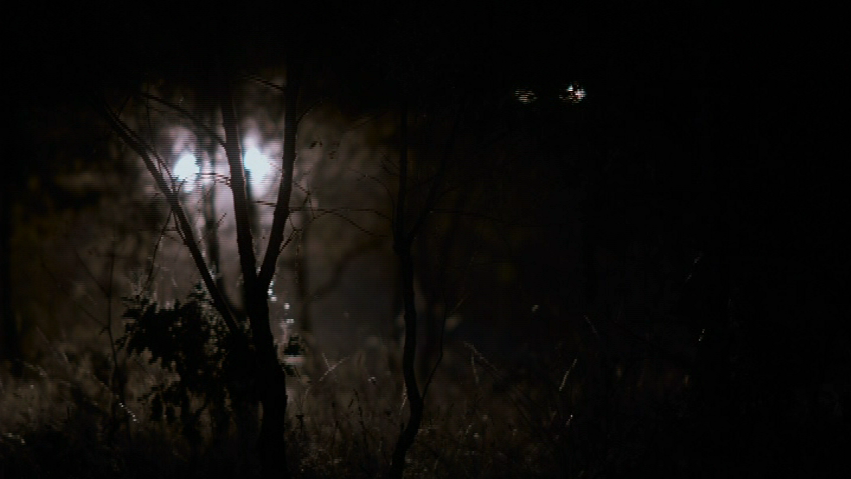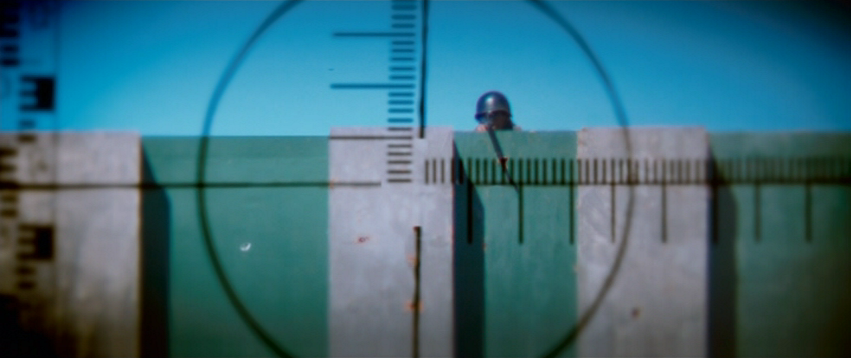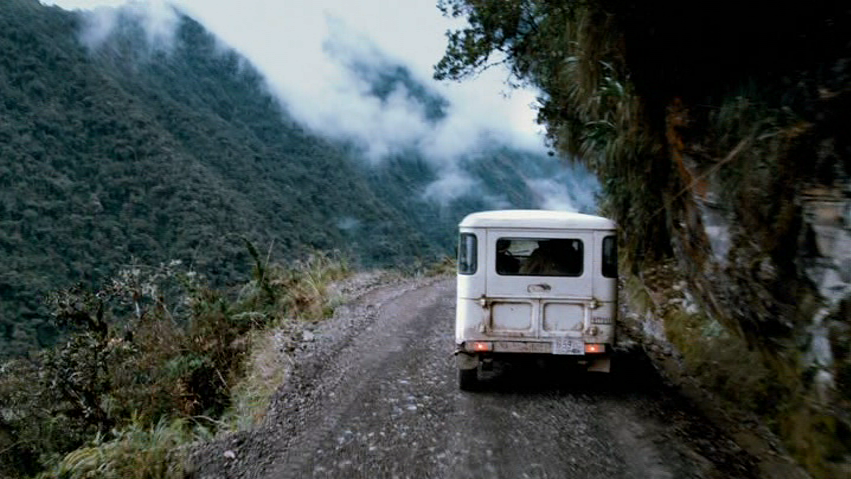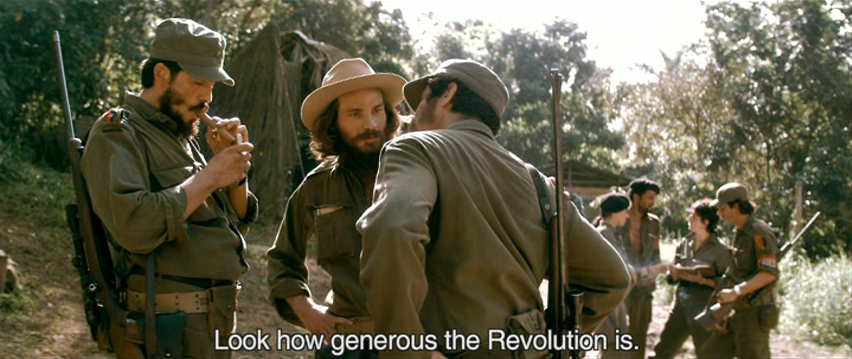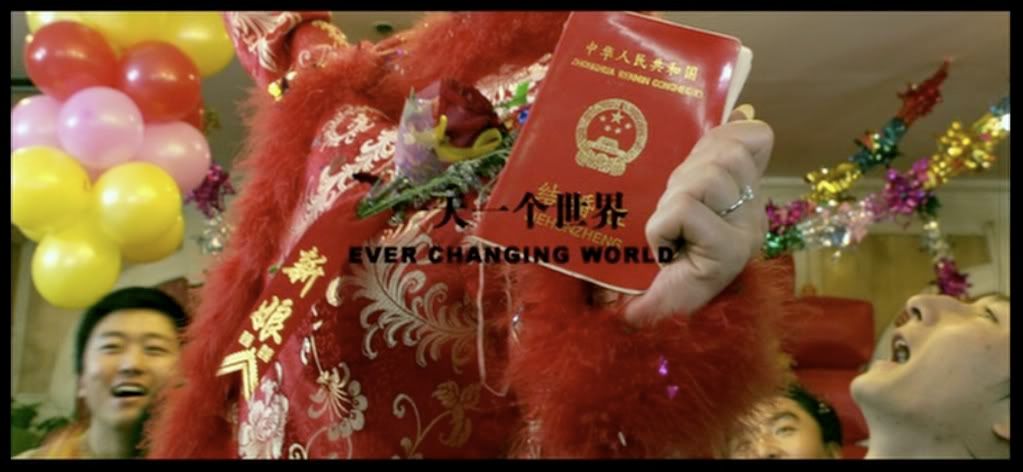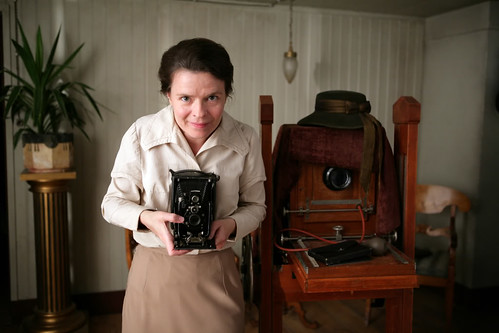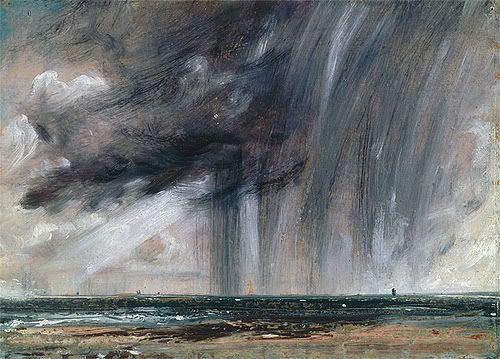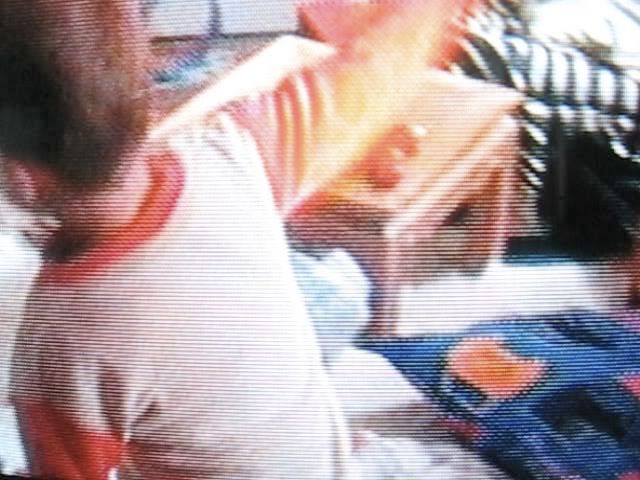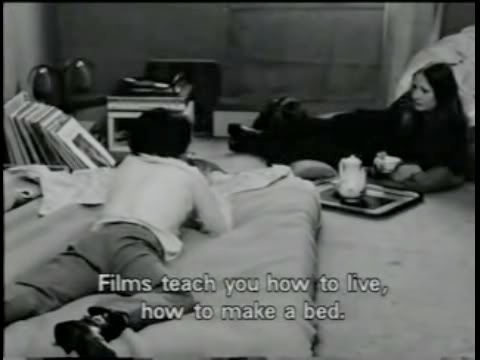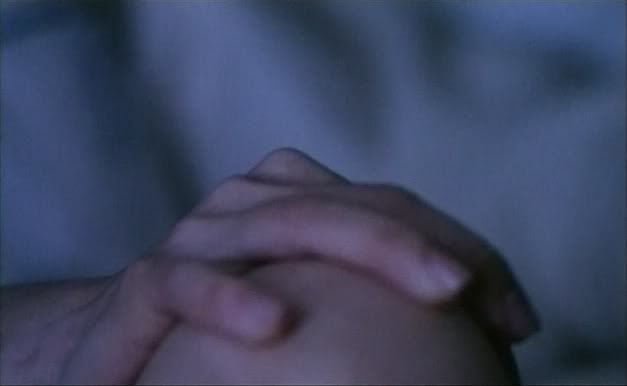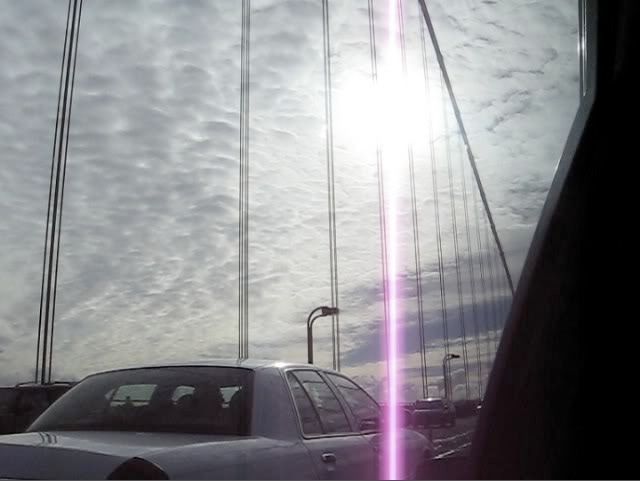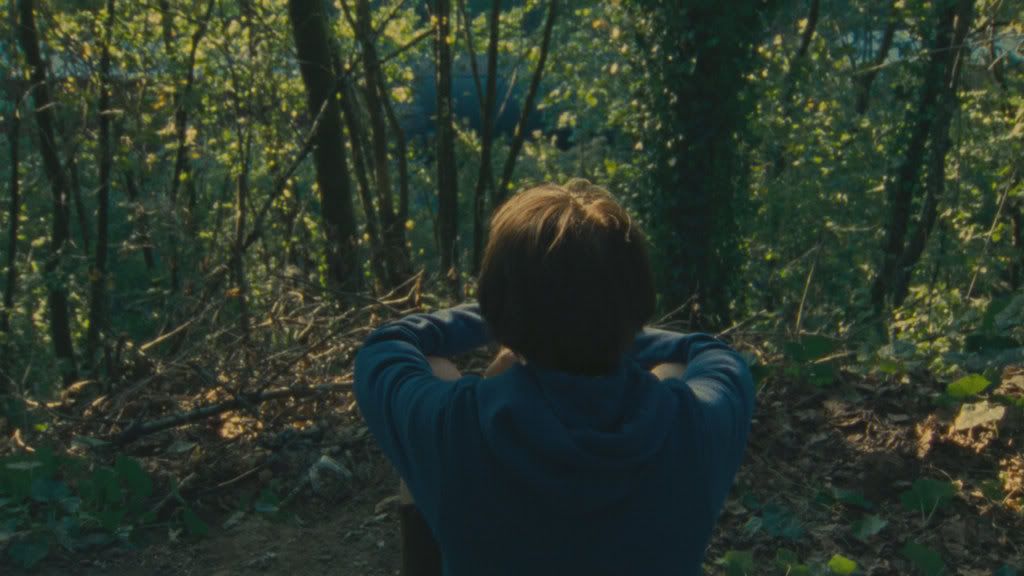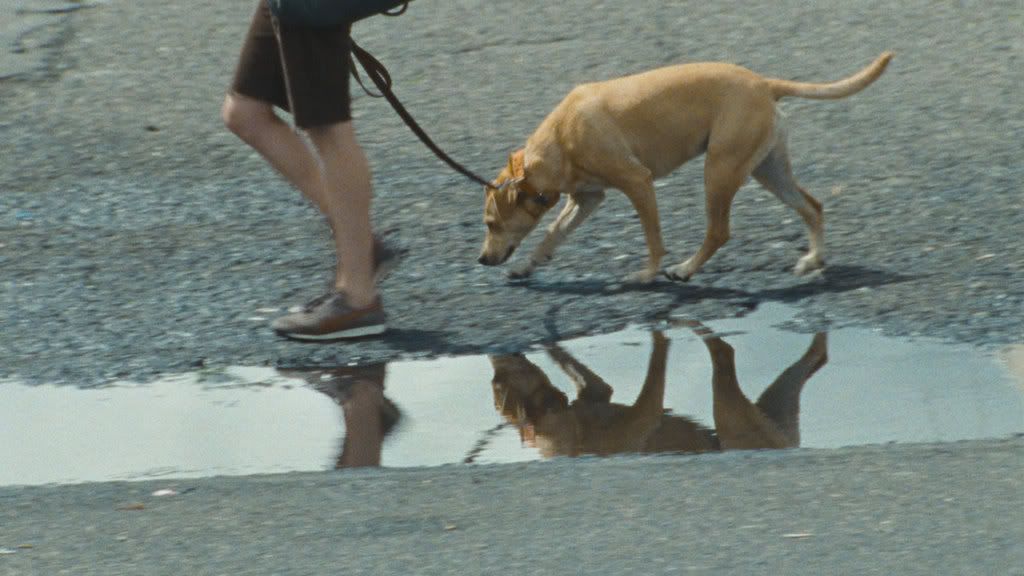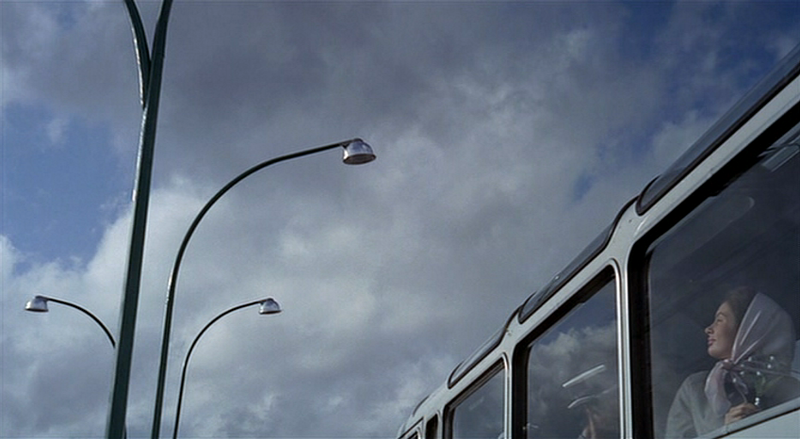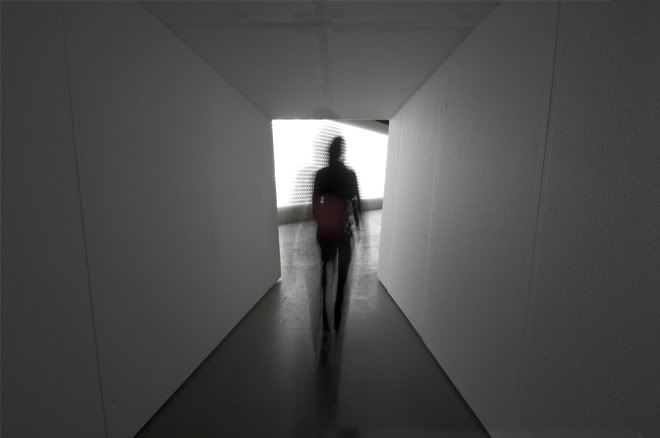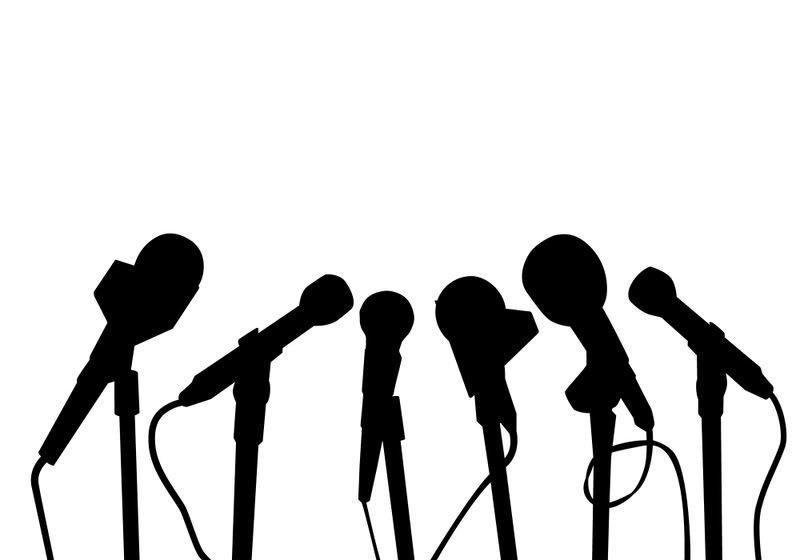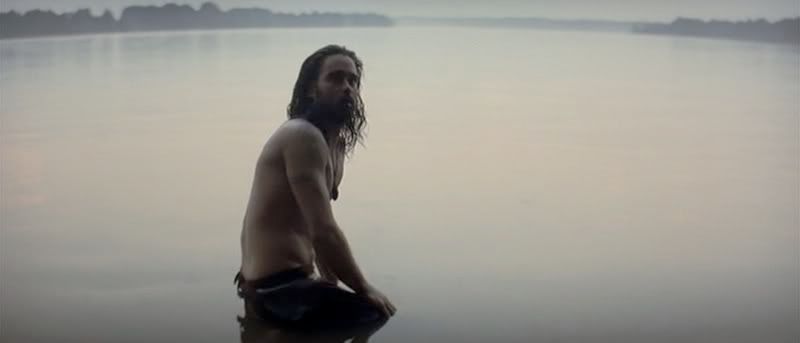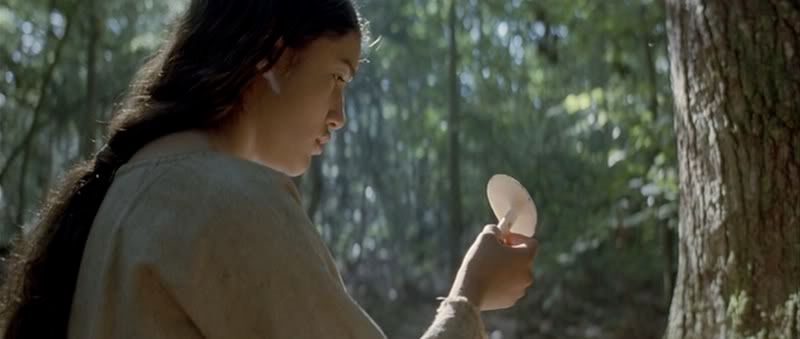Quick Plug: Medicine for Melancholy
by Ryland Walker Knight
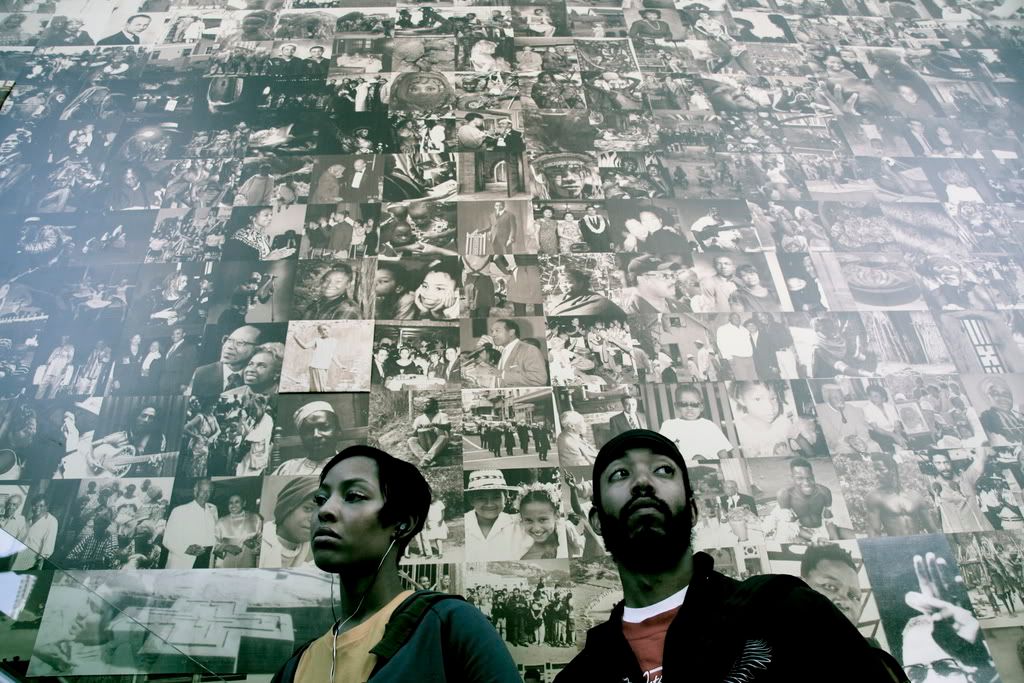
Last Thursday I had the pleasure, first, to finally see Barry Jenkins' debut feature, Medicine for Melancholy, and, second, to meet Barry briefly alongside the film's star (also a Daily Show correspondent), Wyatt Cenac. They proved as affable as their film and it came as no shock that Barry named three lady filmmakers as his favorites, whose influence one can trace in his work: VINYL-favorites Claire Denis and Lynne Ramsay as well as another we here would like to know more about (that is, we would like to see something), but have not yet encountered, Lucrecia Martel. And while I've not seen a Martel film, if pressed I would say that what ties these three filmmakers is their interest in the cinema of sensations, or impressions, built from oblique (yet discrete) moments. There is a delicious passage in Medicine for Melancholy where our leads, Cenac's Micah and Tracey Heggins' Jo, jump aboard a carrousel that can easily be seen (for all its yummy and tender singularity) as bearing a certain tradition's stamp. However, this film's image, made with digital cameras fronted by "old" SLR lenses and pushed in post towards a sepia hue, tends to bleed light in a way more akin to what Jia Zhang-Ke and Yu Lik-wai capture with their kino-eyes. And, like Jia's films, Barry's is definitely about witnessing a space (here San Francisco instead of, say, the World Park) and how its angles and complexities play out in both the private and public spheres, and what's available in both those arenas. Medicine builds into this project an often-angry portrait of how unwelcoming the upper-middle-class skew of San Francisco's demographic can be to its marginal residents, and specifically how one young black guy can't shake his anxieties during what has to be one of the most blissfully ignorant 24 hours of his young life.
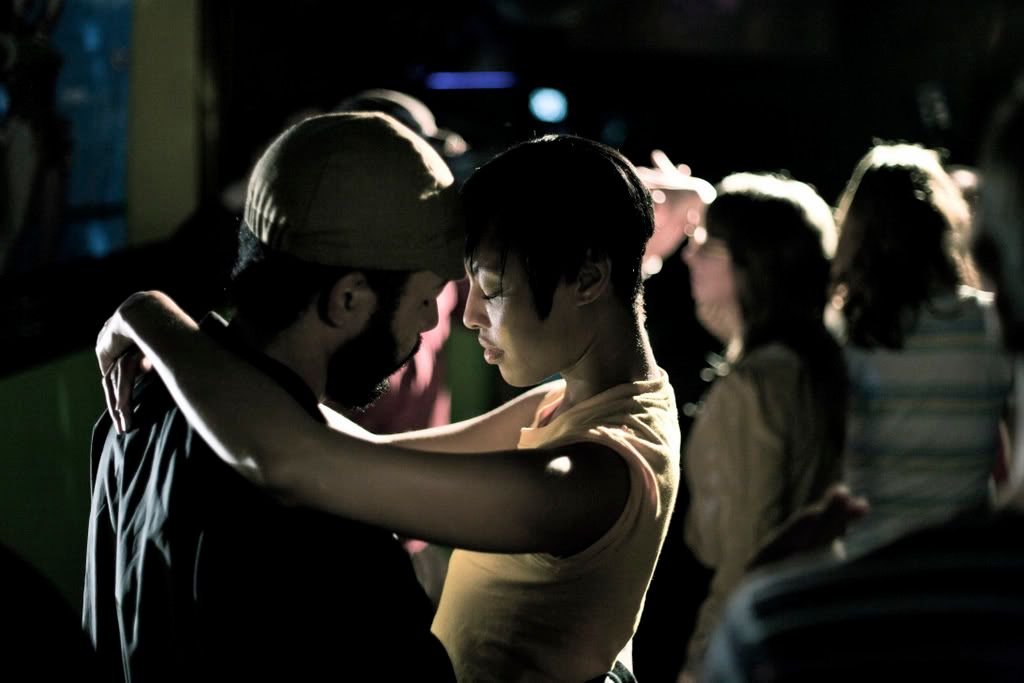
It's a love story, see? Only, not so much one of those everlasting kind of things. More like one of those, "This is a one night stand," she says, kind of things. It's about naive assumptions, about willful ignorance to look beyond your lap, about youthful indiscretions many of us have indulged for better or (more likely) worse. It's a really lovely thing to watch. Especially since its vision of young San Francisco is shockingly similar to the one I recently left behind. For instance, Micah and Jo go dancing at the Knockout where we see the guys behind Elbo Room's Saturday Soul Night spinning 45's. (For the record: Barry confirmed in the post-screening Q'n'A that these dudes were spinning their usuals but for the sake of consistency he scored the dancing to "indie stuff"...)
The film opened yesterday at the IFC Center here in NYC with plans to roll out across the country, which you can check up with at this website. So go see it. It may not be earth-shattering but it's easily a lovely, thorny letter to a city I miss and a lot of its often-annoying problems, including but not limited to the consistent shunting of any people of color. I'd love to say more, and dig in, but plenty have already so for more reviews, consult the guru Hudson right here. I just felt good that night so, well, I thought I'd repay the favor and say, Thanks, one more time. I hope all you VINYL readers in the Bay who have yet to see the film (that is, I know Michael was hip before us all) will track it down. I'd love to hear what you have to say. If anything, it'll make you smile with pride that Micha's right: San Francisco is beautiful, and you shouldn't (in fact you do not) have to have money to enjoy that. Here's the tasty trailer:
